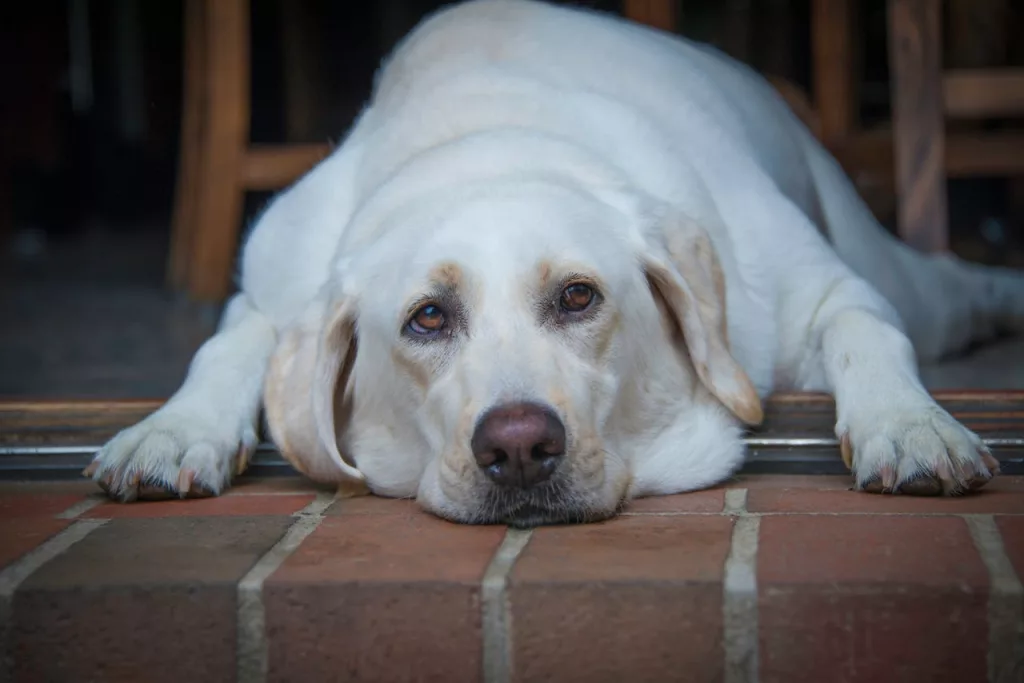Obesity in pets is a growing concern, with studies showing that over 50% of pets are either overweight or obese. Just like in humans, carrying extra weight can lead to health problems for your furry friend, including diabetes, arthritis, and heart disease. Fortunately, with proper care, attention, and a little effort, you can help your pet shed those extra pounds and enjoy a healthier, happier life. Here’s a comprehensive guide to help you get started.
1. Recognizing If Your Pet Is Overweight
The first step in addressing weight concerns is determining whether your pet is actually overweight. Here are some simple ways to check:
- Feel Their Ribs: You should be able to feel your pet’s ribs without pressing hard.
- Look for a Waistline: When viewed from above, your pet should have a visible waist.
- Observe Their Behavior: Excessive panting, difficulty walking, or a lack of energy can be signs of excess weight.
If you’re unsure, consult your veterinarian for a professional assessment.
2. Understanding the Causes of Pet Obesity
Obesity in pets often stems from a combination of factors:
- Overfeeding: Free feeding or giving too many treats adds unnecessary calories.
- Lack of Exercise: Sedentary lifestyles lead to weight gain.
- Age: Older pets are less active and may require fewer calories.
- Breed Predisposition: Some breeds are more prone to weight gain than others.
Understanding the cause helps you create a targeted plan for weight loss.
3. Create a Healthy Feeding Plan
Diet plays a crucial role in managing your pet’s weight. Here’s how to improve their nutrition:
- Measure Meals: Use a measuring cup to ensure proper portion sizes.
- Choose Low-Calorie Food: Switch to pet food specifically designed for weight management.
- Limit Treats: Treats should make up no more than 10% of your pet’s daily calorie intake.
- Avoid Human Food: Table scraps are often high in fat and calories.
Consult your vet to create a feeding plan tailored to your pet’s needs.
4. Exercise and Playtime
Exercise is just as important as diet in helping your pet lose weight. Here’s how to make it fun:
- Daily Walks: Take your dog for regular walks, gradually increasing duration and intensity.
- Interactive Toys: Use toys that encourage movement and mental stimulation.
- Play Sessions: Dedicate time each day to play with your cat using laser pointers or feather toys.
- Structured Activities: Activities like swimming, agility training, or fetch can keep your pet active.
Make exercise part of your pet’s daily routine to see consistent results.
5. Monitor Progress and Stay Consistent
Weight loss takes time and consistency. Keep track of your pet’s progress:
- Weigh Regularly: Weigh your pet every few weeks to track changes.
- Adjust as Needed: If progress stalls, revisit your vet to reassess the plan.
- Celebrate Milestones: Celebrate small victories with non-food rewards like a new toy.
Consistency is key—small, regular steps yield long-term results.
6. Consult Your Veterinarian Regularly
Your vet is your partner in helping your pet achieve a healthy weight. Regular check-ups allow your vet to:
- Monitor your pet’s weight.
- Suggest specific diet and exercise plans.
- Check for underlying health issues contributing to weight gain.
Your vet’s guidance is invaluable throughout this journey.
Final Thoughts
Helping your pet achieve and maintain a healthy weight isn’t just about looks—it’s about their overall health, happiness, and longevity. With balanced nutrition, regular exercise, and consistent monitoring, your pet can reach a healthier weight and live their best life. Start today and give your furry friend the active and vibrant life they deserve!

